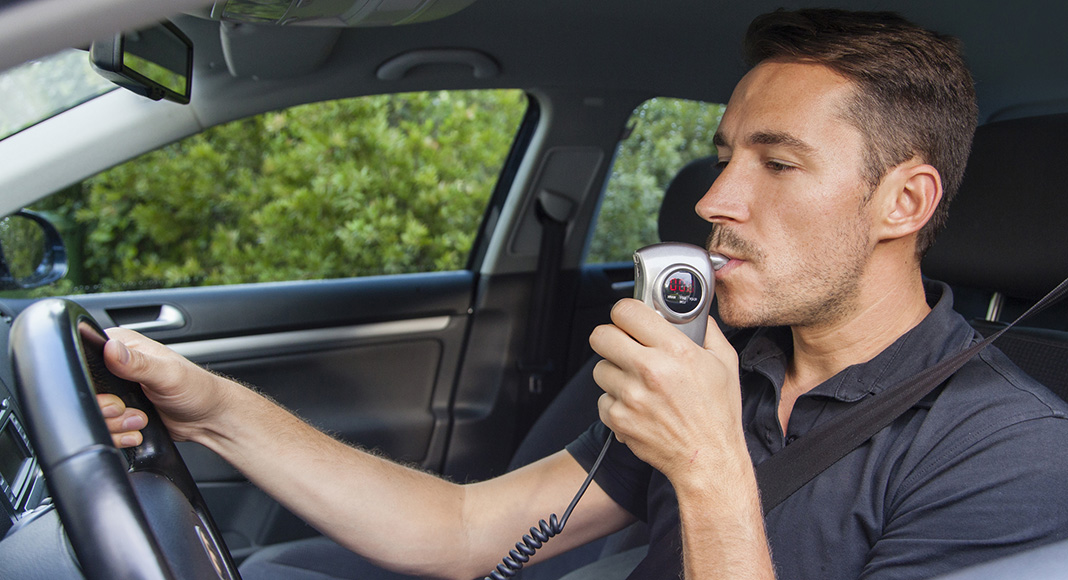Alcohol-detection systems that stop people from drinking and driving could prevent more than a quarter of U.S. road fatalities and save more than 9,000 lives a year, a new study suggests.
Alcohol has been a factor in 30 percent of U.S. roadway deaths every year for the past decade and police arrest about one million people a year for alcohol-impaired driving. The Insurance Institute for Highway Safety (IIHS) report says systems that can detect the percentage of alcohol in the driverâs blood and prevent the vehicle from moving if it is higher than a predetermined limit could slash those numbers.
âWe havenât made much progress in the fight against drunk driving since the mid-1990s,â said Charles Farmer, IIHS Vice President of Research and Statistical Services and the author of the paper. âThis is something that could put a real dent in the alcohol-impaired driving problem.â
The study found that 37,636 crash deaths, or around a quarter of the total number of crash deaths during 2015-18, could have been prevented if the most impaired driversâ BAC levels had been below 0.08 percent (the legal limit in most states). That works out to an average of 9,409 lives saved every year.
If the systems were only required for drivers with an alcohol-impaired driving conviction within the past five years and only blocked them from driving at a BAC above 0.08 percent, the study found they would avert a maximum of 837 crash deaths per year. If they were only required for commercial, government and rental vehicles, the number of lives saved per year would top out around 348.



















